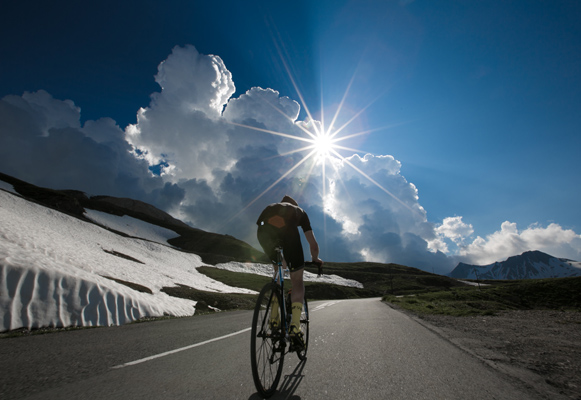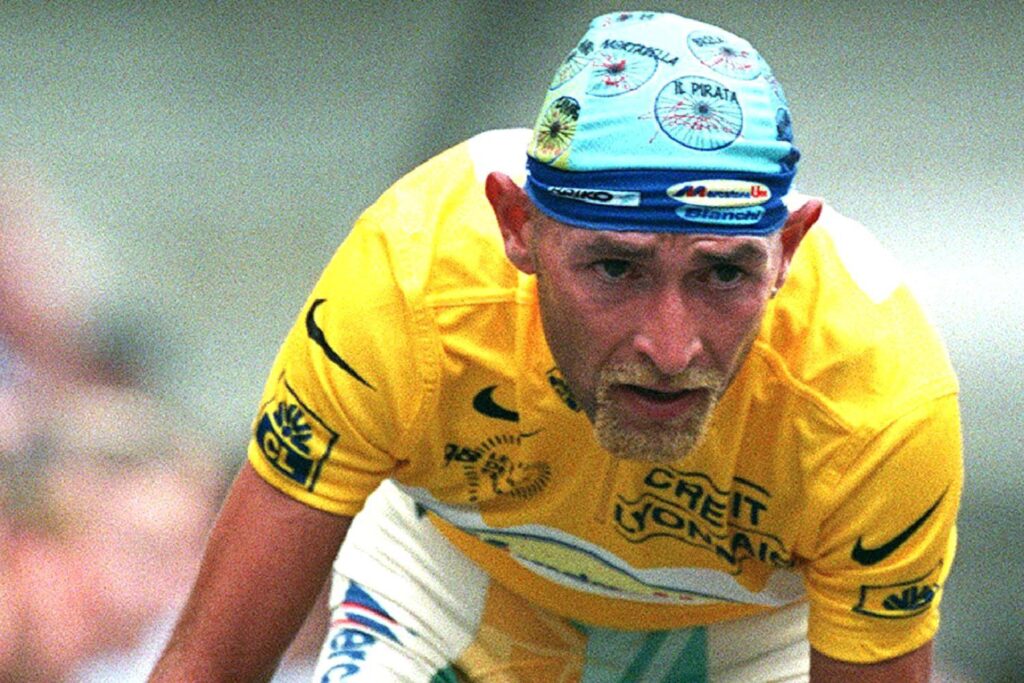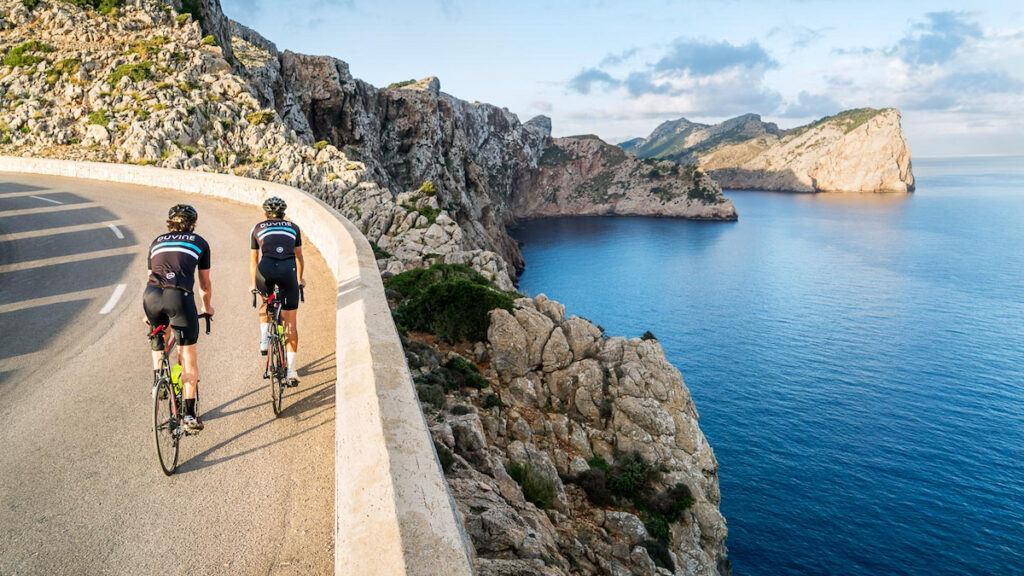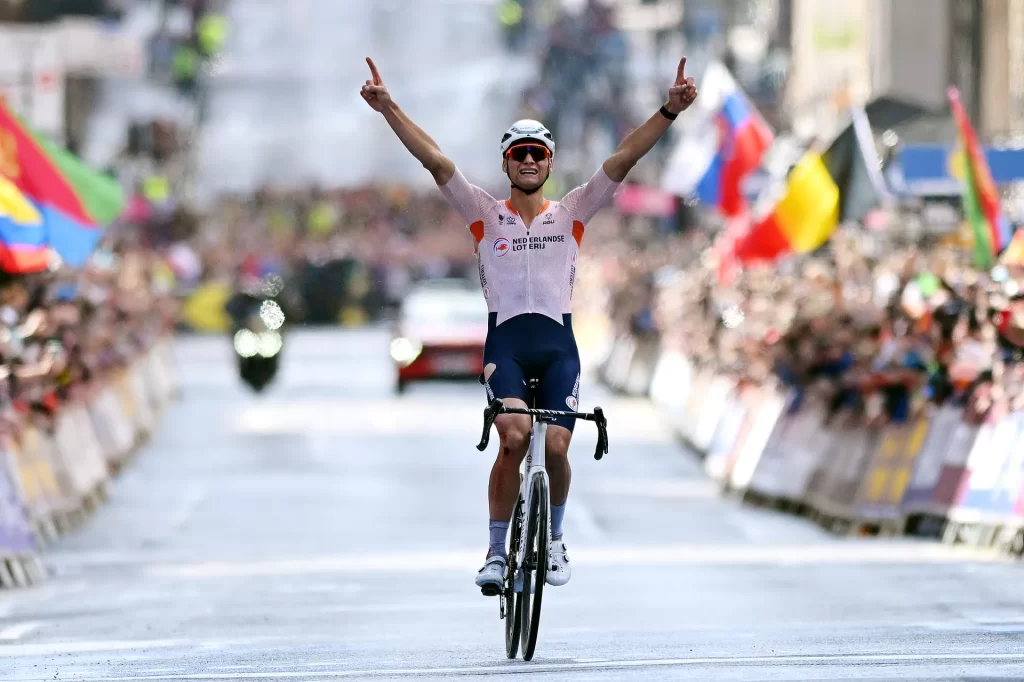The Art of Climbing: A Comprehensive Guide

When it comes to road cycling, there’s something uniquely thrilling and challenging about climbing. It’s not just about strength, it’s about strategy, endurance, and, at times, even embracing the pain. This post is dedicated to exploring the art of climbing, from techniques and training to the mental grit needed to conquer the toughest ascents.
Firstly, let’s talk about strategy. Just like a chess player contemplating his next move, a cyclist needs to strategize their climb. Factors like the gradient of the climb, its length, the weather, and your current energy levels all come into play. You need to know when to attack, when to stay with the pack, and when to conserve energy for a final push.
Technique is another critical aspect of successful climbing. Body positioning is key: leaning forward on the handlebars and keeping your body weight over the pedals can help maintain traction and efficient power transfer, especially on steep gradients. But remember, over-leaning can put unnecessary pressure on your back and arms, so finding a comfortable, effective balance is crucial.
Gear selection is yet another vital part of your climbing technique. The ability to select the right gear that lets you maintain a steady and sustainable cadence will help your efficiency. A cadence sensor can be a useful tool for maintaining your desired pace.
Training for climbs should be a mixture of physical conditioning and mental preparation. Incorporating specific workouts into your training routine, such as hill repeats, can help build the muscular strength and cardiovascular fitness needed for climbing. Don’t forget the importance of rest and recovery to let your body adapt and build upon the hard work you’ve put in.
It’s not all about physicality; the psychological side of climbing is just as crucial. Steep and lengthy climbs will test your mental strength. Developing techniques to stay focused and motivated, even when your legs are screaming, can make the difference between conquering a climb or bonking halfway up. Visualization, positive self-talk, and breaking the climb down into manageable segments are all helpful mental strategies.
Let’s not forget the important role of nutrition in climbing. Eating a balanced diet, staying well-hydrated, and knowing when and what to eat during a ride are vital for maintaining energy levels on long climbs. A well-timed energy gel or bar can give you the extra push you need.
In the world of professional cycling, iconic climbs have made history. Alpe d’Huez in the Tour de France, Angliru in the Vuelta a España, and Mortirolo in the Giro d’Italia are some of the climbs that have challenged even the best climbers in the world. Studying how pros tackle these monstrous ascents can provide valuable lessons for your own climbing strategy.
In conclusion, climbing is a beautiful but challenging aspect of road cycling that requires a mix of strategy, technique, physical strength, and mental resilience. By training effectively, using the right gear, and preparing mentally, you can transform daunting hills into rewarding achievements.
Lastly, remember that everyone has their own style and rhythm when it comes to climbing. What works for one person might not work for another. Listen to your body, find what works for you, and most importantly, enjoy the ride!


